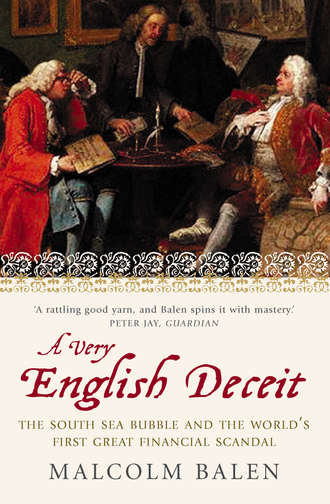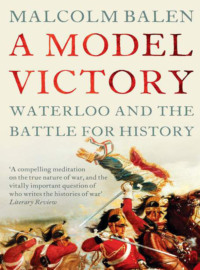A Very English Deceit: The Secret History of the South Sea Bubble and the First Great Financial Scandal

Полная версия
A Very English Deceit: The Secret History of the South Sea Bubble and the First Great Financial Scandal
Язык: Английский
Год издания: 2019
Добавлена:
Настройки чтения
Размер шрифта
Высота строк
Поля
Конец ознакомительного фрагмента
Купить и скачать всю книгу


